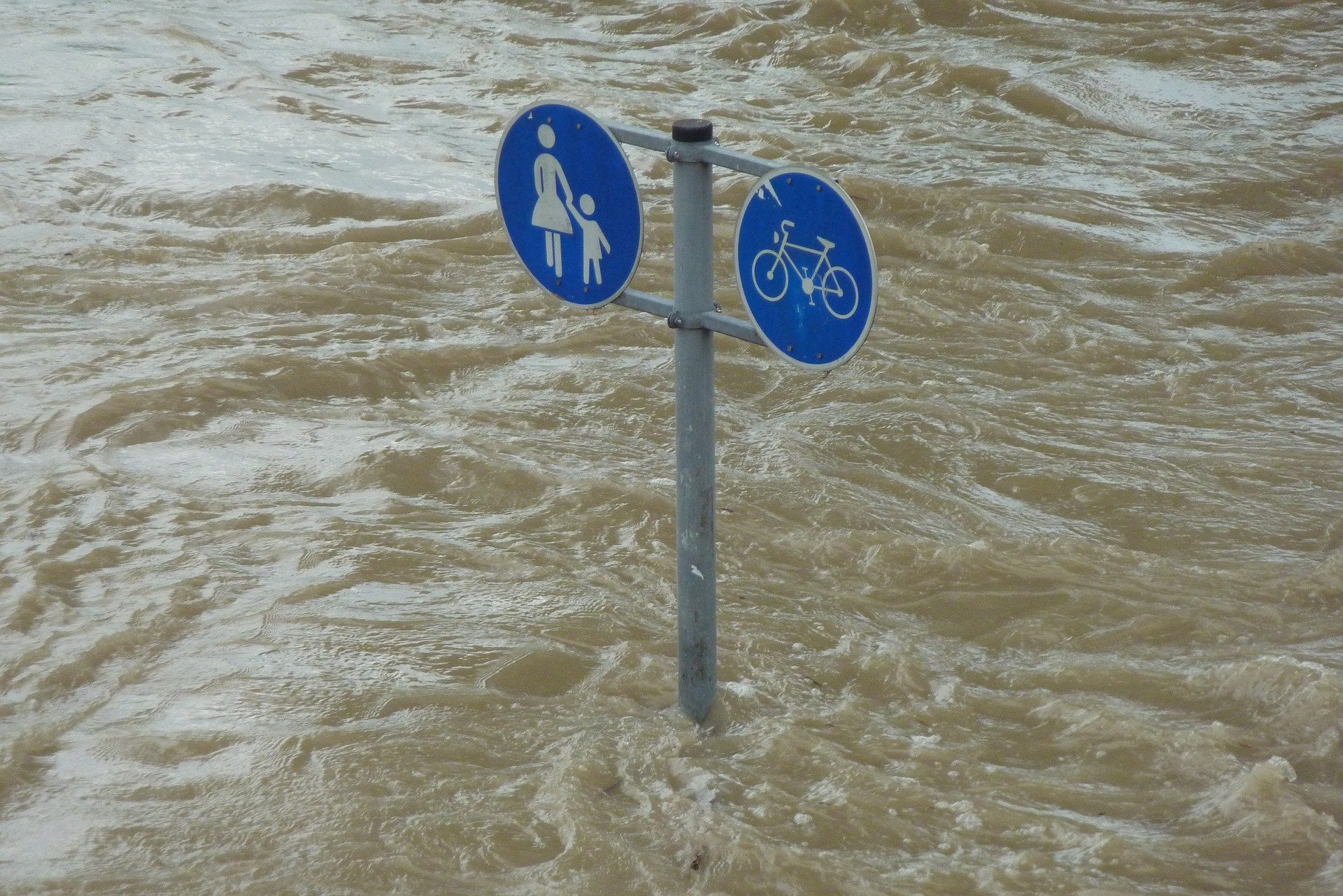July 2022 Flash Flood, University City, Missouri (Robert E. Criss, WashU, Department of Earth and Planetary Sciences;University City Storm Water Commission)
Urban flash floods are extraordinary hazards that develop suddenly, cause enormous damages, and endanger thousands of people. The record flash flood of July 26, 2022 in University City provides a stunning example. In University City alone, this flood resulted in a fatality, approximately 300 condemned homes, destroyed hundreds of automobiles, and greatly damaged the MetroLink train, aggregating to more than $30M in damages. New methods and equipment for the prediction, monitoring, survey and analysis of the upper River des Peres (uRdP) basin in St. Louis County were in place and operational during the highly destructive urban flash flood of July 2022, together providing the most complete record yet available of such an event.
Major takeaways are:
Peak flooding occurred after only 3 hours of heavy rainfall. Characterization of this as a "1000 year event" based on the remarkable, >9" of rainfall delivered in 15 hours is appropriate for the storm, but not for the flood.
According to FEMA's theoretical models, the model intensity of the flood increased downstream, from <10 years in the upper reaches of the uRdP, to >500 years near the 22 ft. high entrance to the RdP tunnel.
Eleven of the twelve vehicular bridges that span the uRdP thalweg in University City were overtopped, two of them by nearly five feet. In several cases, overtopping increased due to debris clogging.
The flood wave moved down the channel at an average rate of 2.4 mph (3.9 km/h), but progressed fastest along much of the lower channel. This velocity is similar to flood peak propagation rates on other midwestern rivers.
) The upper River des Peres is the most flash-flood prone stream in Missouri, due to the high impervious character of its watershed (43%), and the extreme channelization of the stream.
More than half of the 26 homes bought out after the 2008 flood would have experienced first-floor flooding in July 2022. All would have experienced serous basement flooding and utility damage in 5 years since 2008. Thus, the buyout program has already been cost effective. Floodproofing is also recommended.
Impacts In A Flash: The Science And Messaging Behind Flash Flooding In The NWS (Matthew Beitscher, National Weather Service -- St. Louis, MO)
Not all thunderstorms are created equal. Some produce flash flooding, while others simply cause heavy rain. What's the difference between the two, and how does the National Weather Service know the difference? In this presentation, we'll take a glance at what makes a thunderstorm "efficient," and primed to cause flash flooding. We'll also explore methods the National Weather Service uses to track rainfall on the ground and convey impacts.
Changing climate, shifting rivers (Claire Masteller,WashU, Department of Earth and Planetary Sciences)
River channels both control and adjust to the flow of water and sediment within them. This feedback between flow and form modulates flood risk, and the impacts of climate and land-use change. Considering widely varying hydro-climates, land use, geology and vegetation, it is surprising that the shape of rivers is remarkably consistent across the globe. As climate change intensifies and extreme precipitation events become more and more common, how will our rivers adjust? In this talk, I will discuss how river rivers may (or may not) change their shape in response to climate change and the associated consequences for future flood hazards.
Our Speakers
Robert E.Criss, Ph.D.
(he/him/his)
Robert E. Criss is an emeritus professor in the Department of Earth and Planetary Sciences at Washington University in St. Louis. He specializes in hydrogeology, the geology of water and systems of water. He investigates the transport of aqueous fluids in environments such as rivers, cool potable groundwater systems essential to civilization, and deeper, hotter hydrothermal systems. Since 1990, the mid-continent experienced floods of such severity that they would not, under normal circumstances, be expected to have all occurred in a period of less than several centuries. Criss and a colleague have proven that engineering modifications of waterways have increased the frequency and severity of floods on most Midwestern rivers.
Follow the work of Bob and his colleagues on twitter @WUSTL_EPS
Matthew Beitscher, Msc Meterology
(he/his/him)
Matt is a meteorologist at the National Weather Service in Saint Louis (MO). He obtained in Master degree at Saint Louis University 2020 where he studied synoptic/mesoscale interactions in fire weather. He is working now as a meterologist at the NWS in Saint Louis.
Follow the work of Matt and his colleagues on twitter @NWSStLouis
Claire Masteller, Ph.D.
(she/her/)
Claire Masteller is an assistant professor in the Department of Earth and Planetary Sciences at Washington University in St. Louis. Her research investigates the processes and patterns that shape the surface of the Earth and other planetary bodies, or the "science of scenery." She earned her Ph.D. from the University of California - Santa Cruz in 2017.
Follow the work of Claire and his colleagues on twitter @ccmasteller and @WUSTL_EPS




